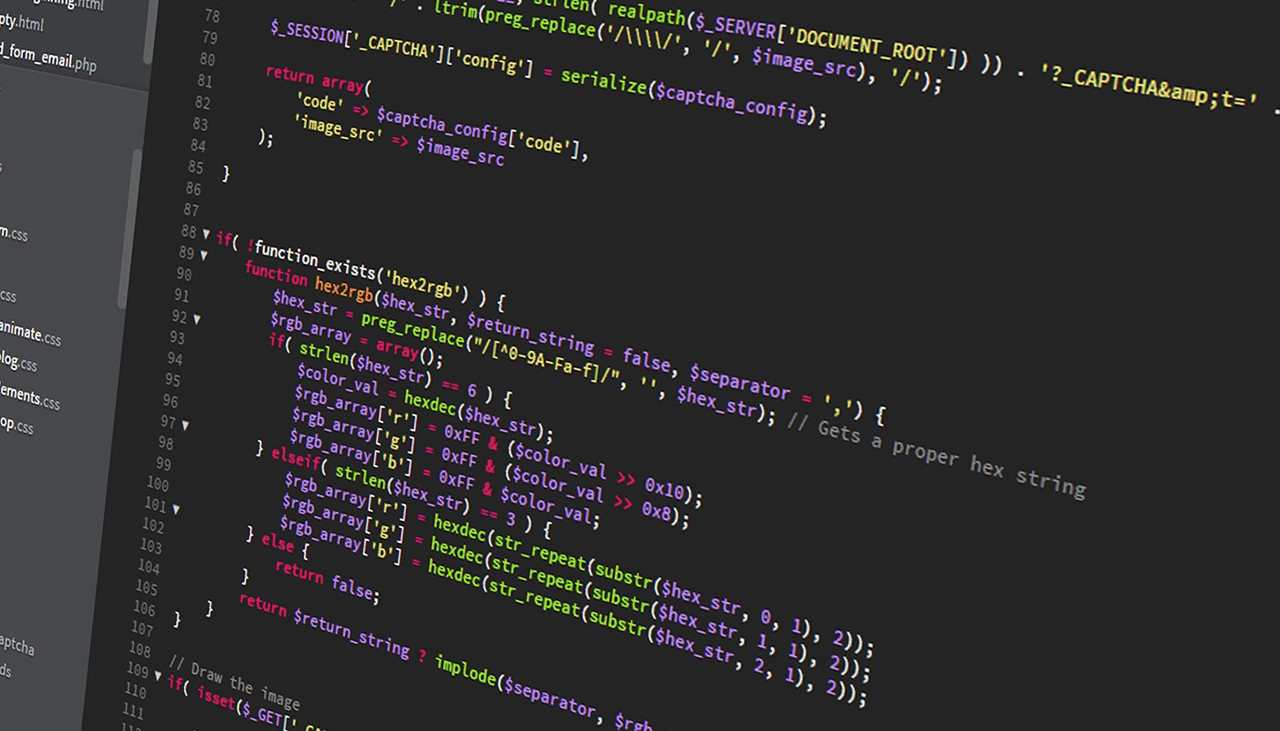Are you ready to set up camp and soak in the serenity of nature? Camping is a great way to get away from it all, reconnect with yourself, and make memories that will last a lifetime. But the one thing that can quickly disrupt this idyllic scene is forgetting something important – like your webmaster glossary! Yes, even when you’re out camping in the wilderness, having an up-to-date webmaster glossary is essential for taking advantage of all the fun outdoor activities like fishing and hiking. In this blog post, we’ll take a look at why keeping your webmaster glossary current is so important as well as how it can help make your next camping expedition extra special.
What is a webmaster glossary and why should you keep it up-to-date
A webmaster glossary is a comprehensive list of technical terms related to website design, development, and maintenance. It serves as an invaluable reference for webmasters when working on their websites. Keeping your webmaster glossary up-to-date allows you to quickly look up the latest information about specific topics, and stay current with industry trends and best practices. Without an up-to-date glossary, you risk missing out on important details that could make or break your website project.
The Benefits of Having an Up-to-Date Web Master Glossary
By keeping your webmaster glossary current, you can reap several benefits including:
- Increased efficiency – An up-to-date glossary provides quick access to accurate information about web design, development, and maintenance. This saves you time and effort as you don’t have to search for the latest information from multiple sources.
- Improved accuracy – Staying up-to-date ensures that your website is following current industry standards. You can be sure that the data you use is accurate and reliable.
- Enhanced functionality – An up-to-date glossary provides access to new features that may make your website more feature-packed than before. This could lead to a better user experience, higher engagement rates, and more conversions on your site.
How to Create a Comprehensive Glossary
Creating a comprehensive glossary of terms related to web development takes time and dedication. The best way to start is by researching the latest industry trends and best practices. You can then add new terms and remove old ones as needed. Additionally, consider creating an outline that covers all aspects of web development like HTML, CSS, PHP, etc. This will make it easier to find specific topics when you need them.
Tips for Keeping Your Glossary Up-to-Date
- Regularly review your glossary to see if there are any changes or additions that need to be made.
- Reach out to experts in the web development community for feedback about your glossary’s content and accuracy.
- Sign up for newsletters related to website design, development, and maintenance so that you can stay updated on the latest trends.
- Read articles and blog posts related to web development topics to make sure your glossary is comprehensive.
Ways to Make Sure You Have the Latest Version of Your Glossary
- Automate updates – Use an automated system that can check for new versions of your glossary and download them automatically.
- Share with colleagues – Invite colleagues or friends in the web development community to review your glossary, suggest changes, and provide feedback on its content.
- Set a reminder – Create reminders at regular intervals so you don’t forget to review and update your glossary.
- Check for new terms – Look out for potential new terms or phrases related to web design, development, and maintenance, and add these to your glossary if appropriate.
Common Terms to Include in a Web Master Glossary
- HTML – Hypertext Markup Language is the standard markup language for web pages.
- CSS – Cascading Style Sheets are used to define the styling of webpages.
- PHP – Hypertext Preprocessor is a server-side scripting language commonly used for web development.
- JavaScript – A scripting language commonly used for website functionality.
- Database – Structured data stored on a computer system that can be accessed quickly and easily.
- CMS – Content Management System is software used to create and manage content on websites.
- Responsive Design – A design approach that enables a website to adapt to different screen sizes and devices.
- SEO – Search Engine Optimization is the process of improving a website’s visibility in search engine results.
- SSL – Secure Sockets Layer is a protocol used for data encryption on webpages.
- Hosting – Services that provide online storage space for websites.
- URL – Uniform Resource Locator is a web address used to locate a website or webpage.
- FTP – File Transfer Protocol is used for uploading and downloading files to/from a server.
- Domain name – A unique identifier of a website on the internet.
- IP address – Internet Protocol address is the numerical label assigned to each device connected to the internet.
- Browser – Software programs used for accessing websites on the internet.
Conclusion
Keeping your webmaster glossary up-to-date helps ensure that you have quick access to accurate information about web design, development, and maintenance, as well as provides improved accuracy, enhanced functionality, and better user experience for your visitors. By regularly reviewing your glossary and updating it with the latest industry trends, you can make sure that your website stays ahead of the curve. Don’t forget to also share your glossary with colleagues and experts in the web development community for feedback and suggestions. Having a comprehensive glossary will make it easier for you to stay informed and manage your website efficiently.



